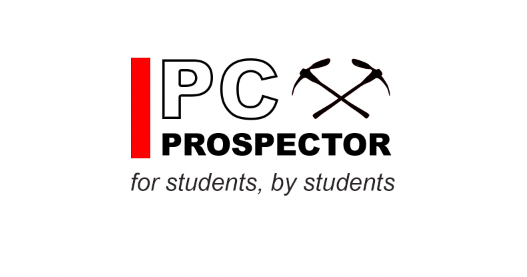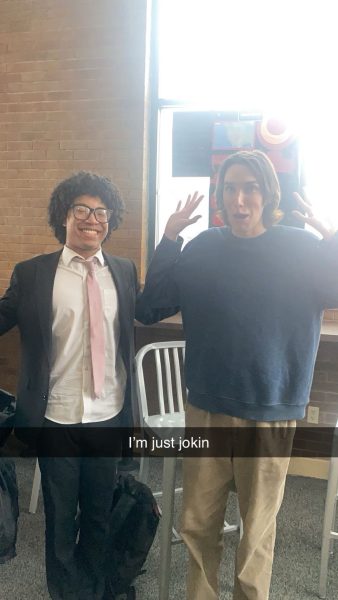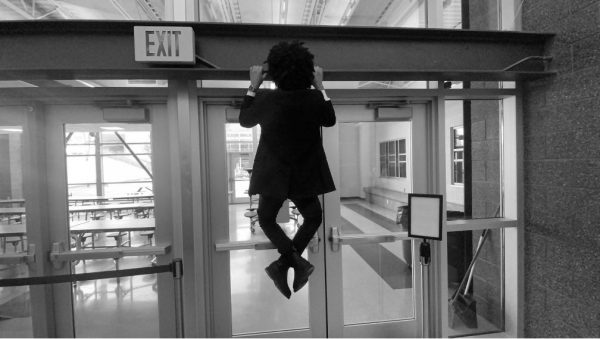Commitment Issues & College Admissions
Applying to college is like committing to a relationship – it’s scary, complicated, and often misguided. As early decision and early action outcomes are announced, seniors’ dreams are either coming true by acceptances, being crushed by rejections, or only slightly impaired by deferrals.
The standard way of applying to schools is “regular decision” — applications aren’t due until around January, and acceptances aren’t released until around March/April. While this is the norm around most parts of the country, many students at Park City High School have reserved this route for B-team schools and opted to apply early to their top-choice schools.
Many people apply early decision or early action in hopes of increasing their chances of getting accepted into their dream schools. However, after doing a little bit of research, it’s much more complicated than just “higher acceptance rates.” Thus, here’s a basic guide to all the different opportunities that await you through CommonApp.
Under any early application process, applicants apply typically before November and will find out whether they were accepted (you got in!), deferred (you have to apply regular decision), or rejected (no dream school for you!) typically around mid-December. The part where the processes differ is the level of commitment to the school. There’s early decision, restricted early action, and early action, and while sometimes the option between the three is yours, most often colleges will only offer one or two of them.
The most committed of all of these is early decision, or ED. When applicants choose the ED option, they can only apply to that one school during the early application period, and they must attend that college if they are accepted. ED is often considered controversial because it disproportionally benefits high-income students. Lower-income students don’t have the same privilege as wealthier students to comfortably sign an agreement to attend without knowing how much financial aid they can qualify for.
Regardless, ED is quite popular among students, because it’s perceived to help someone’s chances significantly. However, this isn’t entirely true, and it changes drastically depending on the college. For example, Johns Hopkins University admits only 12% of applicants during the regular decision period, but 32% of applicants are admitted ED. For such a prestigious university, a 20% acceptance difference for applying ED vs regular is a significant advantage.
On the other hand, Yale University accepts 6% of their applicants regular decision, and 12% early decision. While a 6% added benefit is certainly better than nothing, this percentage is pretty small, and small percentages like this are common among Ivy League and other prestigious schools. It’s important to do your research prior to applying early decision, to make sure you are creating the best chances at your favorite schools, and you don’t end up bound to insurmountable debt.
On the ladder of commitment, one step down from ED would be restricted early action, or REA. REA entails the same early application and acceptance process, and similarly to ED, you can only do it to one school. Where it differs from ED is the binding factor and guaranteed increase in acceptances, both of which REA lacks. REA essentially just tells a college that you’re truly interested in attending that institution. However, it won’t increase your chances nearly as much as ED does, and actually finding out the variability in its effectiveness is a lot harder. It’s still pretty popular, and a lot of that can be attributed to the lack of options at certain schools, or the slightly-misguided perception that it aids chances significantly.
The most common of the three is early action. The root of its popularity? Commitment issues! You don’t have to settle down with just one attractive college, you can do it to as many schools as you have the bandwidth to apply for. The only difference between early action and regular decision is obvious — it’s earlier! It doesn’t help your chances by much (if anything at all), but the advantages of this are that you can get your applications out of the way earlier, and you can have more time to make the ever-impending decision of where you want to study.
While the tendency for students to make rash decisions based upon misguided perceptions in pursuit of easy acceptance to their dream schools can be widely prevalent, making an informed decision about the type of commitment you’re making to colleges is vital to ensure the most optimal outcome for your future.
Whether our Park City High School seniors applied ED, REA, EA, or regular decision, we wish them the best of luck with acceptances, and we extend our congratulations to those who have been accepted!






